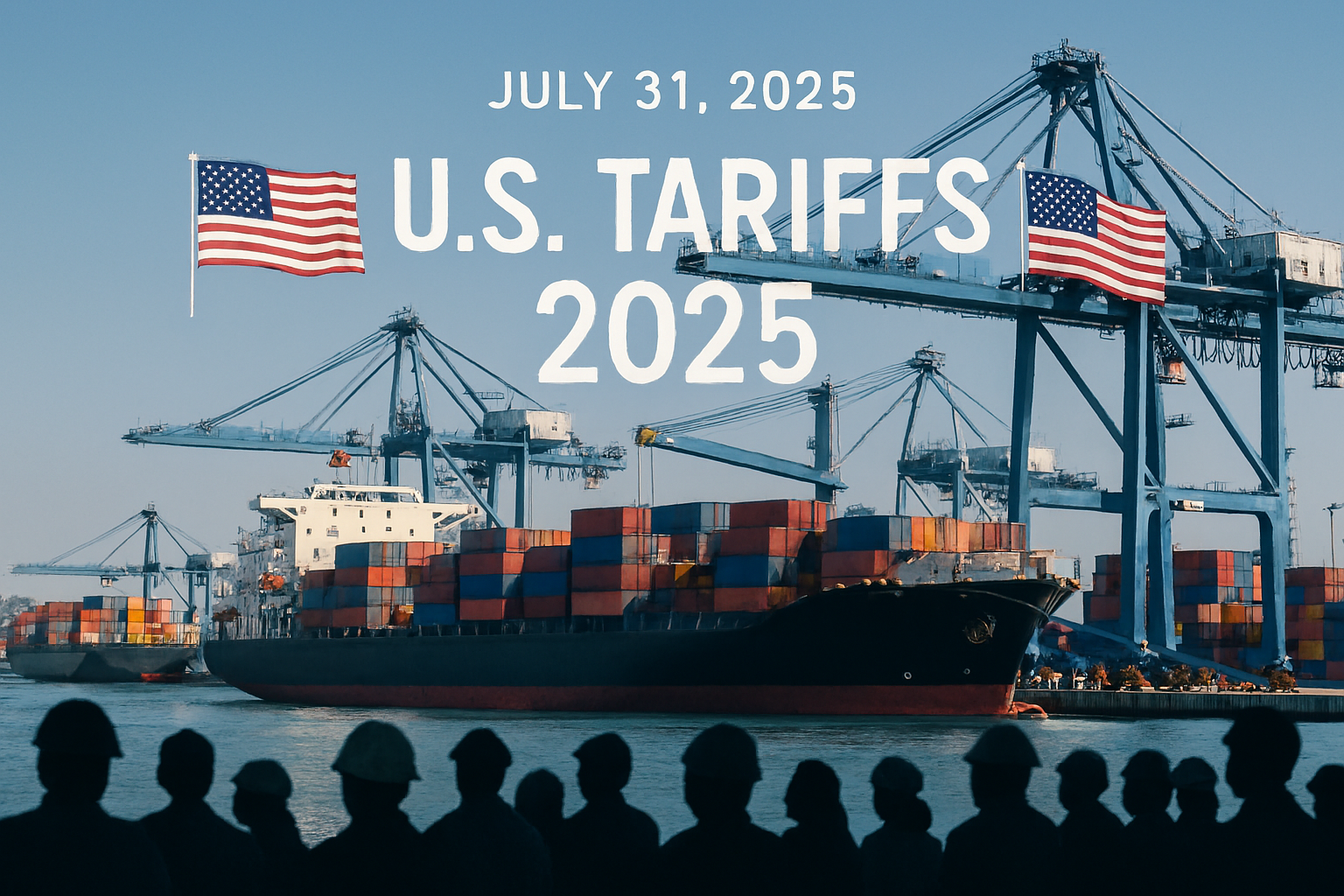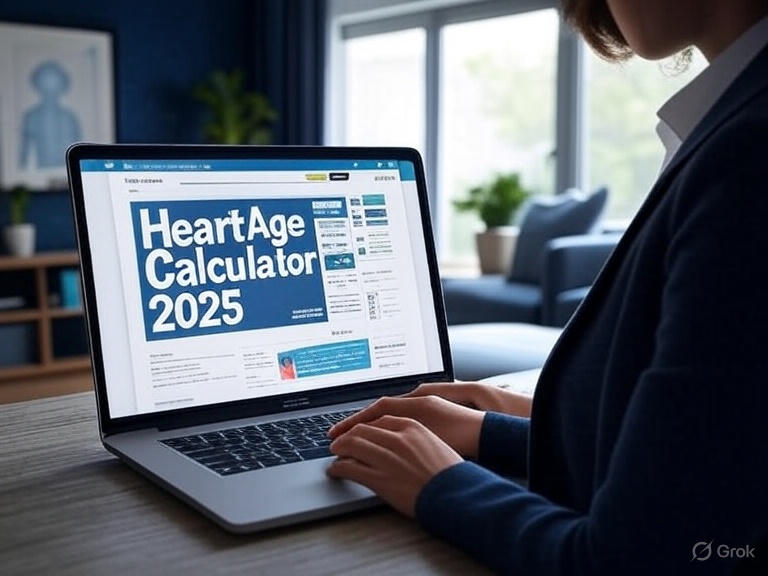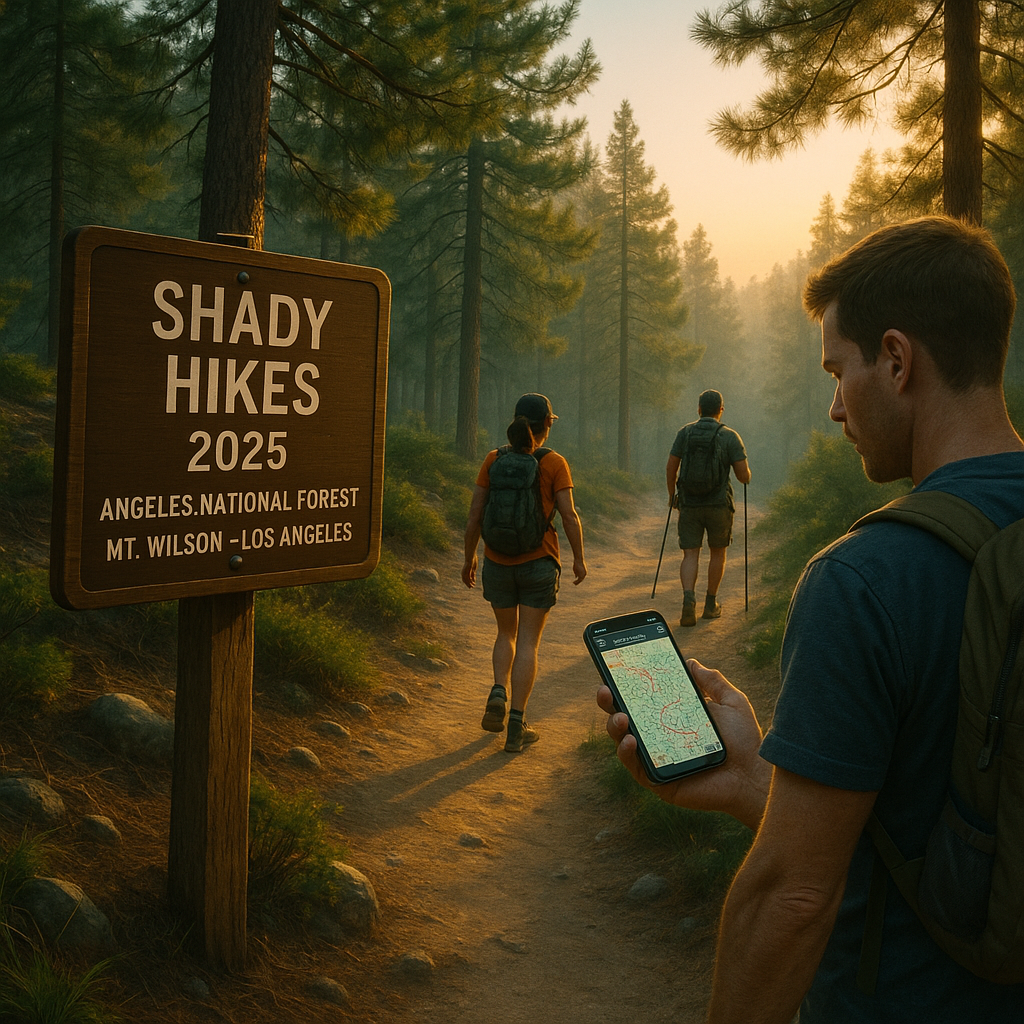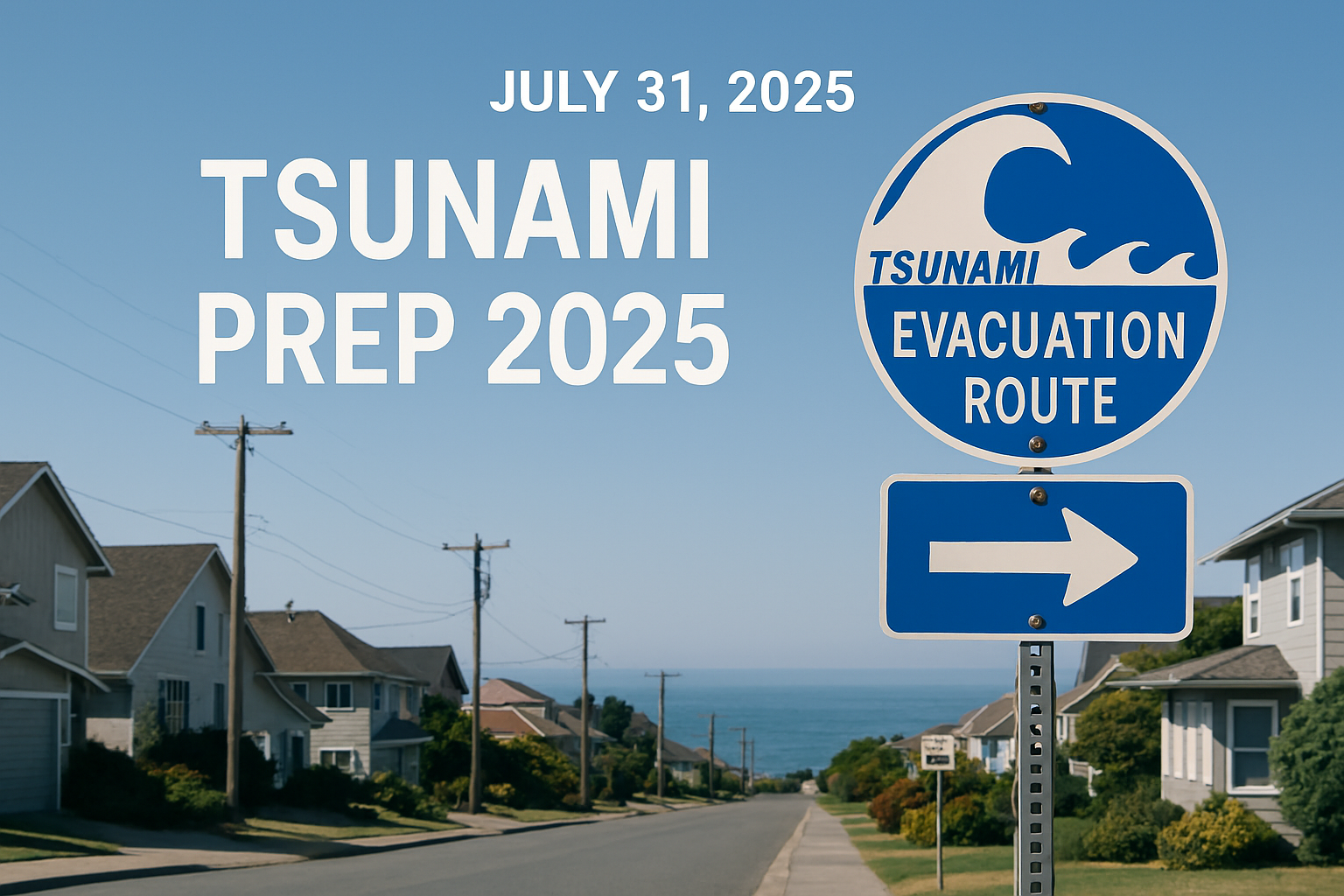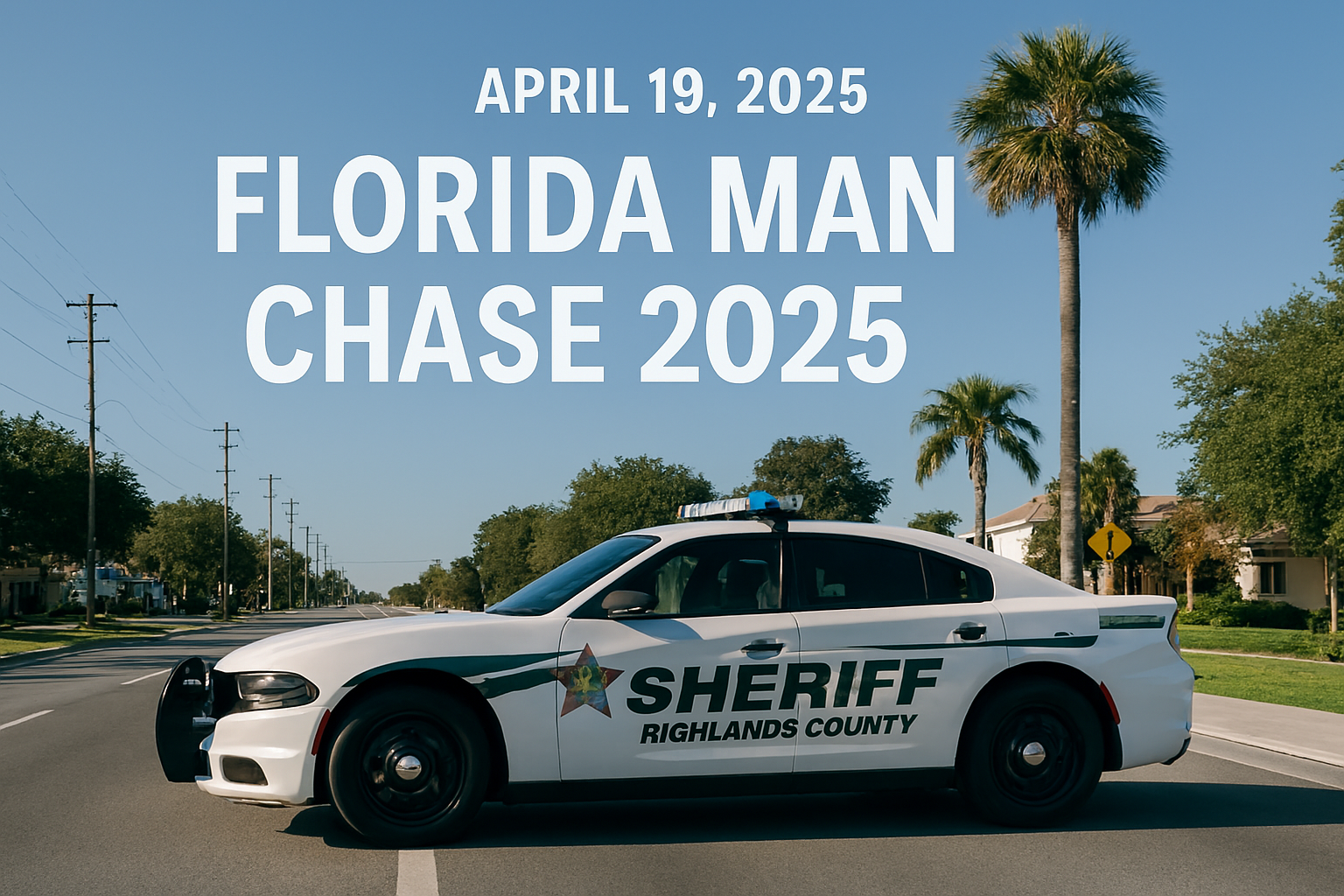Rialto Earthquake 2025: 4.3 Quake and Swarm Shake Southern California
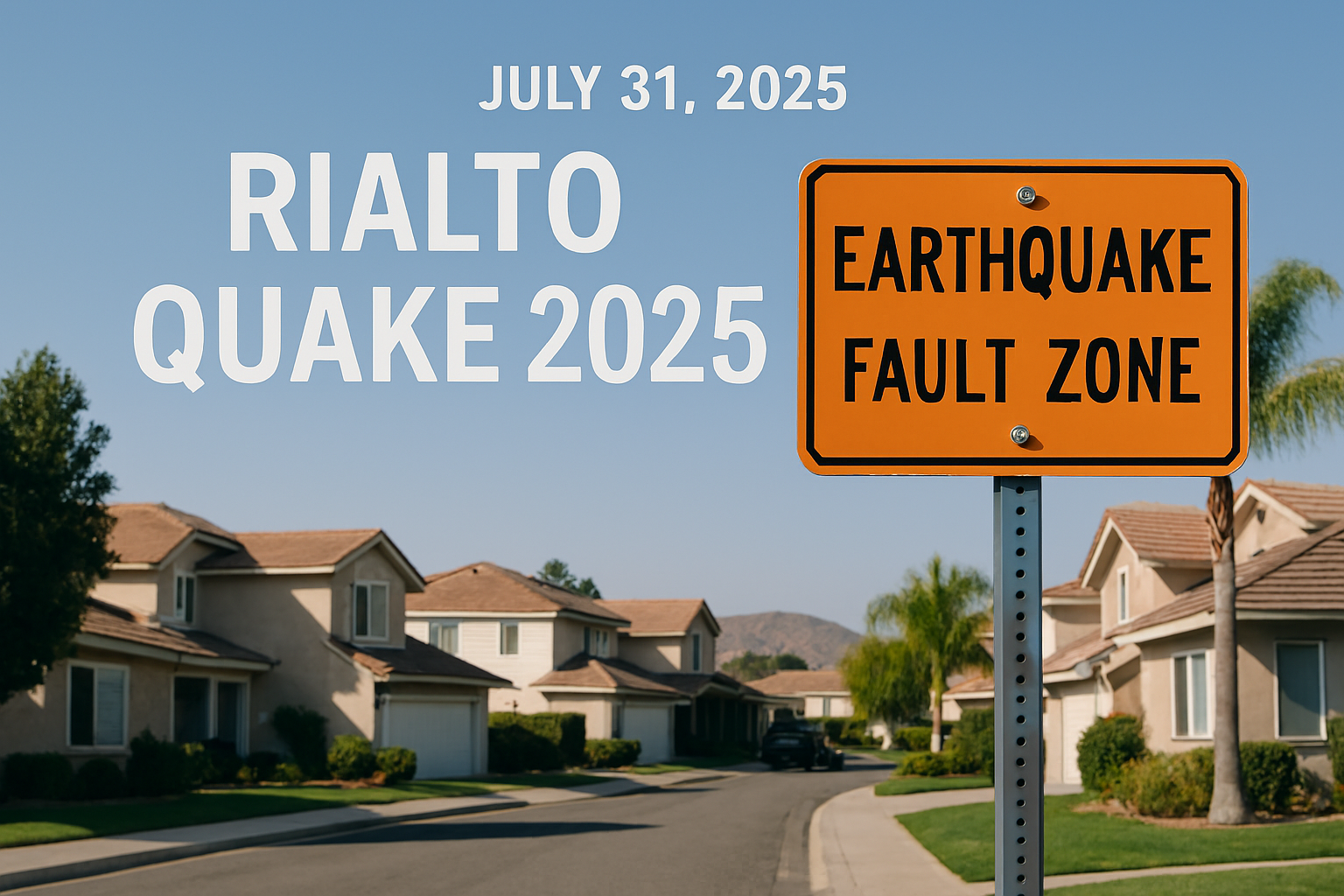
A sudden jolt shook Southern California awake as a magnitude 4.3 earthquake struck near Rialto, followed by a flurry of foreshocks and aftershocks that rattled nerves from Los Angeles to San Diego. The Rialto earthquake 2025, centered in Muscoy, San Bernardino County, at 9:32 a.m. on July 31, marked the latest in a series of tremors along the elusive Fontana Trend, a fault zone hidden beneath the region’s sediments, per Los Angeles Times. With no reported damage but shaking felt as far as Ventura County, this swarm serves as a wake-up call for a region still reeling from the distant effects of the 2025 Pacific tsunami, per Newsweek. What does this seismic activity mean for Southern California, and how can residents prepare for the next quake?
Details of the Rialto Earthquake
The magnitude 4.3 earthquake hit at 9:32 a.m. PDT on July 31, 2025, at a shallow depth of 3.3 miles in Muscoy, near Rialto, San Bernardino County, approximately 5 miles northwest of downtown San Bernardino, per USGS. The event was part of a swarm along the Fontana Trend, with key seismic activity including:
- Foreshocks: A magnitude 3.0 quake at 8:34 a.m., followed by a 2.8 at 8:42 a.m., and two smaller tremors (magnitudes 2.5 and 2.7) in the 13 minutes before the mainshock, per Los Angeles Times.
- Aftershocks: At least five aftershocks occurred by 11 a.m., the largest a magnitude 3.1 at 9:36 a.m., per Caltech seismologist Gabrielle Tepp, cited in Los Angeles Times. Additional aftershocks ranged from 2.0 to 2.9, per USGS.
- Impact: Shaking reached Intensity 4 (light, no damage) near the epicenter in Rialto and Fontana, dropping to Intensity 2–3 (weak) in Simi Valley, Los Angeles, Orange County, and San Diego, per USGS’s Did You Feel It? reports. No damage or medical emergencies were reported, per Rialto Fire Department’s interim chief Chris Jensen, cited in Los Angeles Times.
The swarm’s epicenter lies in the San Bernardino Valley, a densely populated area with over 2 million residents, making even moderate quakes significant, per Southern California Earthquake Center.
The Fontana Trend: A Hidden Fault Line
Seismologist Lucy Jones described the Fontana Trend as a series of small earthquakes along a northeast-trending fault zone buried under San Bernardino Valley sediments, making it unmappable, per Los Angeles Times. Historical data highlights its activity:
- Frequency: Since 1990, the Fontana Trend has produced approximately 130 magnitude 3.0+ quakes and eight magnitude 4.0+ events, per Los Angeles Times. In the last 10 days of July 2025, three quakes of 3.0 or higher struck nearby, per USGS.
- Context: The 4.3 quake is among California’s 25 annual magnitude 4.0–5.0 events, based on a three-year average, per Los Angeles Times. It’s dwarfed by the 8.8-magnitude Kamchatka quake on July 29, 2025, which triggered a Pacific tsunami but had no influence on California faults, per USGS seismologist Susan Hough, cited in Los Angeles Times.
The swarm’s shallow depth amplified shaking but reduced damage potential, as deeper quakes spread energy over wider areas, per Southern California Earthquake Center.
Connection to Broader Seismic Risks
While unrelated to the 2025 Pacific tsunami, which flooded Crescent City with 3.6-foot waves, per Newsweek, the Rialto quake underscores Southern California’s vulnerability to seismic activity along the San Andreas and San Jacinto faults, which could produce magnitude 7.0+ events, per USGS. The region’s last major quake, the 1994 Northridge 6.7, caused $20 billion in damage, highlighting the stakes, per FEMA. The Fontana Trend’s frequent swarms, though small, signal active stress release, but scientists warn a larger quake remains possible, per Los Angeles Times.
Critical Perspective: Preparedness Gaps Exposed
The establishment narrative, as voiced by officials like Jensen, emphasizes “no damage” to downplay public concern, per Los Angeles Times. However, the Rialto swarm reveals gaps:
- Public Awareness: Only 30% of Inland Empire residents reported knowing their local earthquake risk via USGS’s Did You Feel It? tool, per Los Angeles Times. Low engagement undermines preparedness.
- Infrastructure: Rialto’s lack of reported damage masks vulnerabilities in older buildings, with 40% of San Bernardino County structures pre-dating modern seismic codes, per California Earthquake Authority.
- Warning Systems: California’s ShakeAlert system, which detected the 4.3 quake, reached only 60% of smartphones in the region due to app adoption issues, per USGS. The 2025 tsunami’s timely alerts saved lives, but earthquake warnings lag, per Newsweek.
These gaps, combined with the region’s proximity to major faults, demand urgent action beyond the “no damage” rhetoric.
How to Prepare for the Next Quake
The Rialto earthquake is a reminder to act now. Here’s how Southern Californians can prepare, per FEMA and Ready.gov:
- Know Your Risk: Use USGS’s earthquake.usgs.gov to check fault proximity. San Bernardino residents are within 10 miles of the San Andreas Fault, per USGS.
- Secure Your Space: Bolt heavy furniture, water heaters, and appliances to walls. Use earthquake straps for TVs and electronics, as falling objects caused 70% of injuries in past quakes, per California Earthquake Authority.
- Build an Emergency Kit: Pack a 7-day supply of water (1 gallon per person/day), non-perishable food, first-aid supplies, flashlights, batteries, a multi-tool, blankets, and medications. Include a NOAA Weather Radio and copies of IDs in a waterproof container, per FEMA.
- Create a Plan: Identify safe spots (under sturdy furniture, away from windows) and evacuation routes. Practice “Drop, Cover, Hold On” drills biannually, as tested in California’s Great ShakeOut, per ShakeOut.org.
- Get Insured: Standard homeowners’ insurance excludes earthquake damage. Purchase coverage through the California Earthquake Authority, with a 30-day waiting period, per CEA.
- Stay Informed: Download the MyShake app or follow weather.gov for real-time alerts. Engage with latimes.com/Unshaken for preparedness tips.
Broader Implications
- Community Impact: The Rialto swarm disrupted schools and businesses, with some Fontana schools briefly locking down, per NBC Los Angeles. No injuries were reported, but anxiety ran high, per San Bernardino Sun.
- Economic Context: The quake coincided with economic pressures from Trump’s 15% tariffs on EU goods and 35% on non-USMCA Canadian products, effective August 7, 2025, raising costs for construction materials like steel, per The Wall Street Journal. This could slow seismic retrofitting efforts.
- Seismic Awareness: The 2025 Pacific tsunami, which prompted evacuations in California, highlights the need for dual preparedness for tsunamis and earthquakes, per KSBY. Coastal residents should map routes to high ground (100+ feet elevation), per FEMA.
What’s Next
The USGS predicts a 60% chance of additional magnitude 3.0+ aftershocks in the Fontana Trend through August 7, 2025, per Los Angeles Times. Residents should report shaking via earthquake.usgs.gov to aid research. Community workshops, like those planned by Rialto’s Fire Department, will boost preparedness, per San Bernardino Sun. Long-term, Southern California must invest in retrofitting and warning systems to brace for a potential major quake.
Conclusion
The Rialto earthquake 2025, a magnitude 4.3 swarm along the Fontana Trend, rattled Southern California, serving as a stark reminder of the region’s seismic risks. While no damage was reported, the event exposed gaps in awareness and infrastructure that demand action. By securing homes, building kits, and practicing drills, residents can face the next quake with confidence. Share your preparedness steps below to strengthen our communities.
